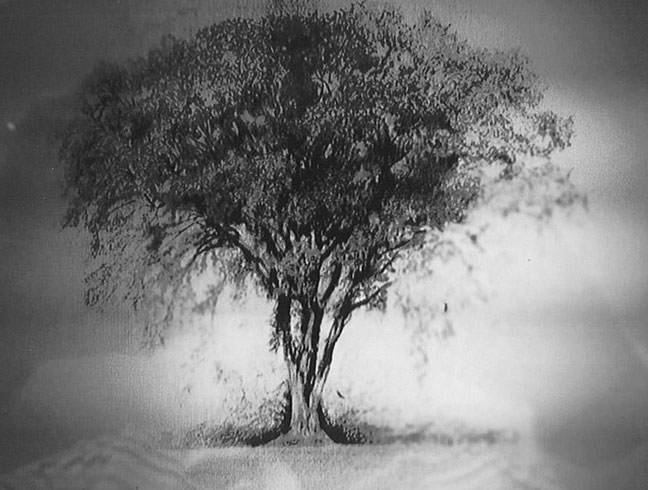So much talk around protests being carried out throughout the country made me turn to Abraham’s Holmes memoirs. Holmes of Rochester grew up during the prelude to the American Revolution, served as a soldier and was active in the politics of setting up the new country. In his memoirs, he writes of the events he both witnessed and participated in.
Following Britain’s moves to place new taxes on the colonies (without allowing for any representation), some took the plans in stride while others became alarmed for what the future might hold. In 1775, when Abraham was 11 yrs. old, the Stamp Act was instituted, and it provoked general feelings of anger and disgust. In his memoirs, Abraham writes, “In the populus cities, riots of no small dimensions broke out. In Boston, August 14, 1765, on a large elm tree, near where the Boylston Market now is were suspended the effigies of Oliver (the distributor of the stamp papers and collector of the tax) the Divil and Lord Bite in the figure of a boot. This singular exhibition attracted universal attention.” The rest of the day was passed in “great hilarity.” At the end of the day, the effigies were cut down, placed in coffins and carried throughout the city until they were burned at Fort Hill.
The tree from which the effigies were hung was “denominated the Liberty Tree” and as anyone who’s ever watched Disney’s “Johnny Tremain” knows, the tree became a gathering place for the Sons of Liberty, though I can’t picture Paul Revere or Joseph Warren singing under its branches.
Following this Boston protest, “Liberty Poles” (mimicking the Liberty Tree) began to appear throughout the colonies. As Holmes says, ” Liberty Poles were the order of the day. Every town had one.” He goes on to say that the one in Rochester consisted of “two spars spliced and were on a true slope from top to bottom, it stood 6 or 7 rods from the Meeting House.” It was close to 45 feet tall and at the top was a weathervane that was 3 or 4 feet in length. Carved into the vane was the word, LIBERTY, and it was painted white. The pole stood until the end of the American Revolution and Holmes writes, ” It was generally admitted that it was the handsomest Pole that was known.”
Today, Rochester has a Liberty tree here in town. If you don’t know where it’s located a hint would be “books,” but that’s an article for another day.
By Connie Eshbach
